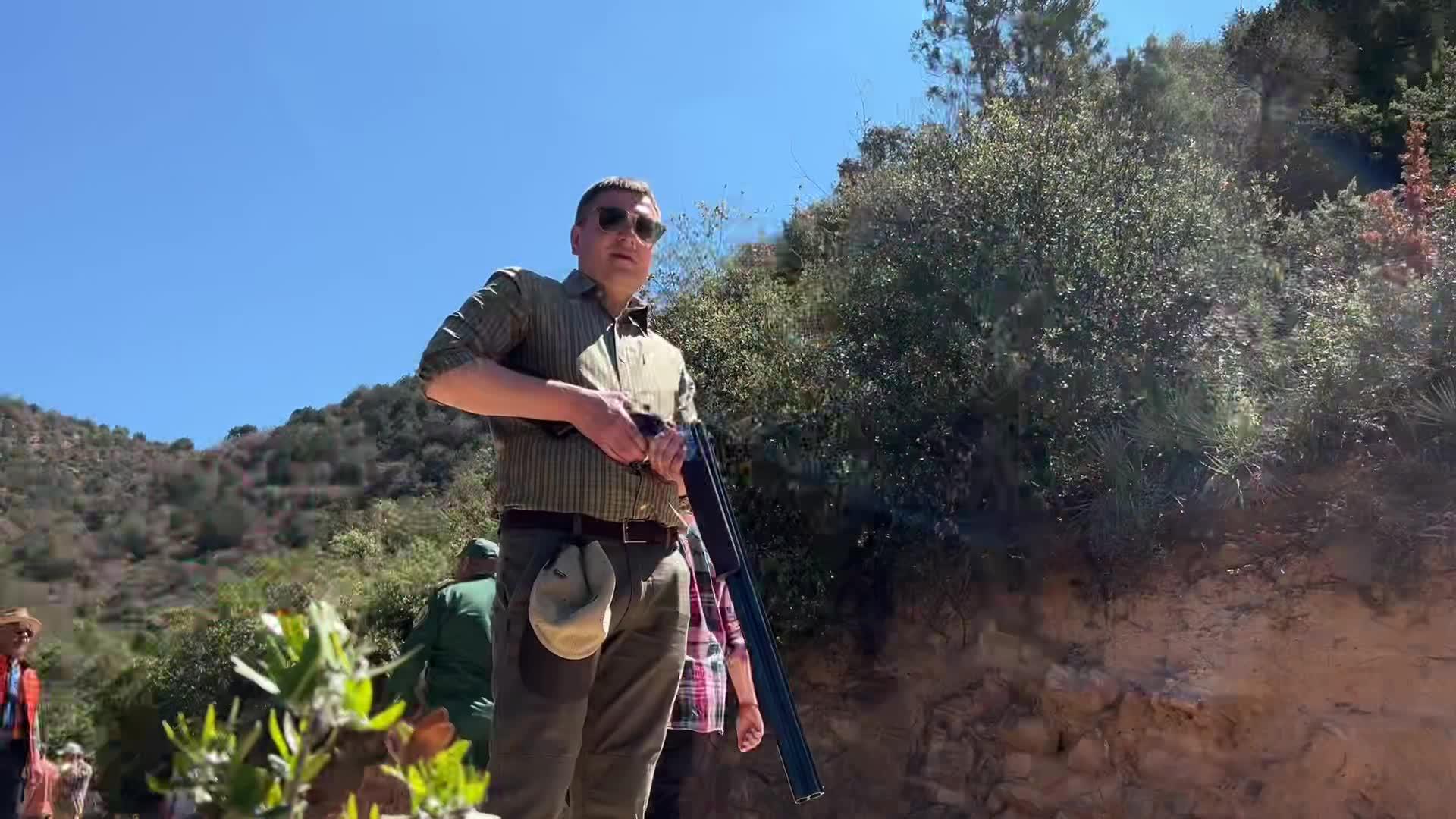
Review of the Tikka T3 Hunter .30-06 with Leupold Scope on Weaver Rail As an avid hunter who has taken this rifle on numerous hunts, including deer, elk, and even a few challenging trips for wild boar, I feel confident sharing my experience with the Tikka T3 Hunter in .30-06 Springfield. Paired with a Leupold scope mounted on a Weaver rail, this setup has been my go-to for several seasons. Here’s my detailed take on its performance, pros, and cons. Pros: Accuracy: The Tikka T3 Hunter is a laser beam. Out of the box, it consistently delivers sub-MOA groups at 100 yards with factory ammunition. The .30-06 cartridge is versatile, and the rifle handles it beautifully. Whether I was taking a 150-yard shot at a whitetail or stretching it out to 300 yards on an elk, the rifle performed flawlessly. Build Quality: The Finnish craftsmanship is evident. The stock is made of high-quality wood, which not only looks stunning but also feels solid in hand. The blued steel barrel and action a
Post: 16 January 21:39













































